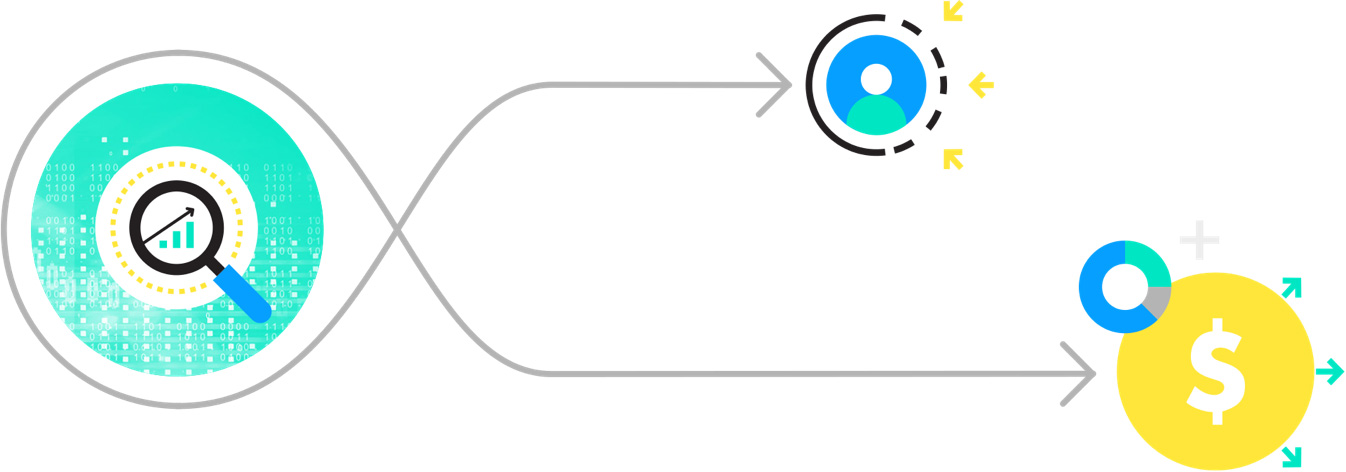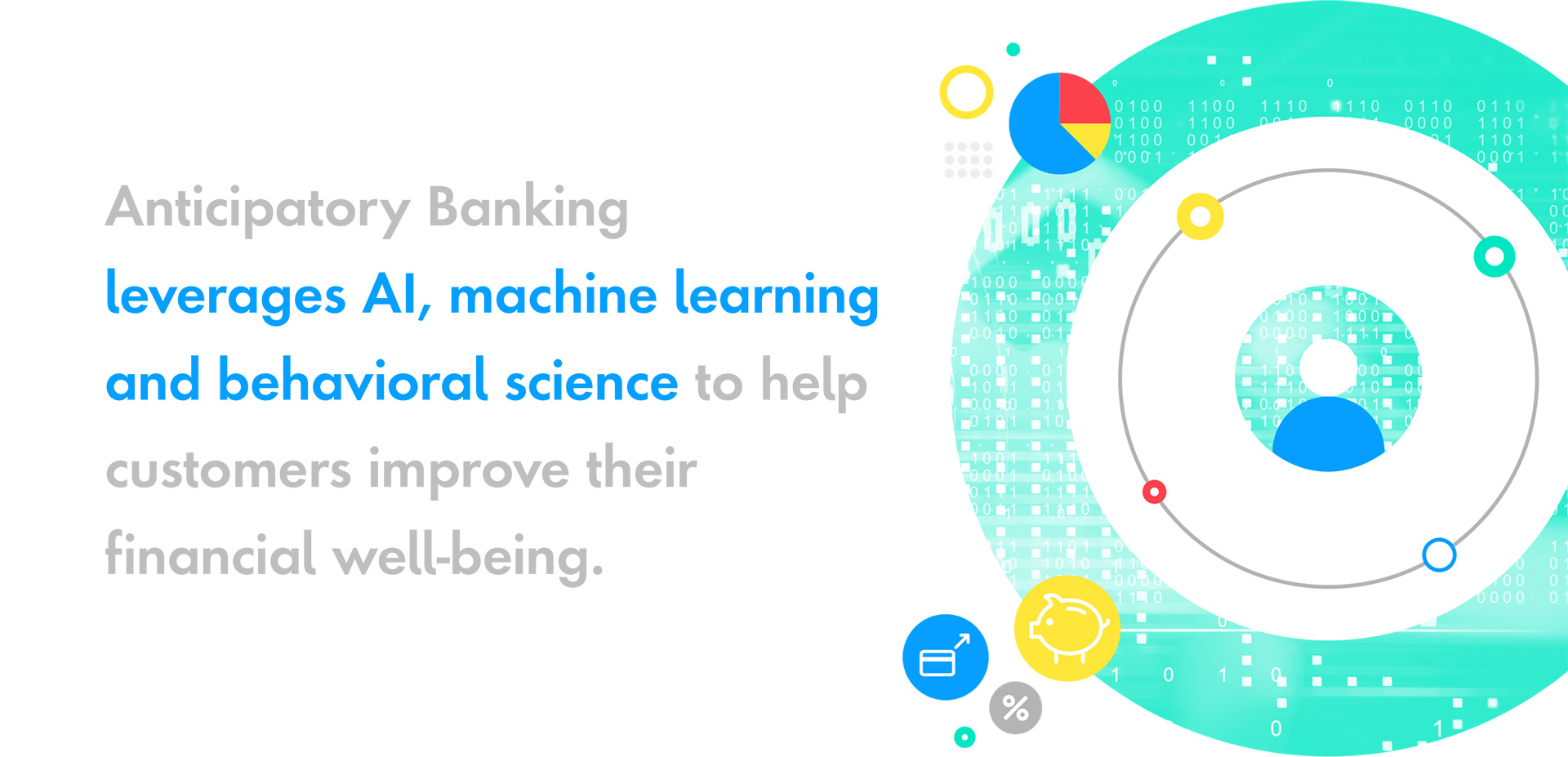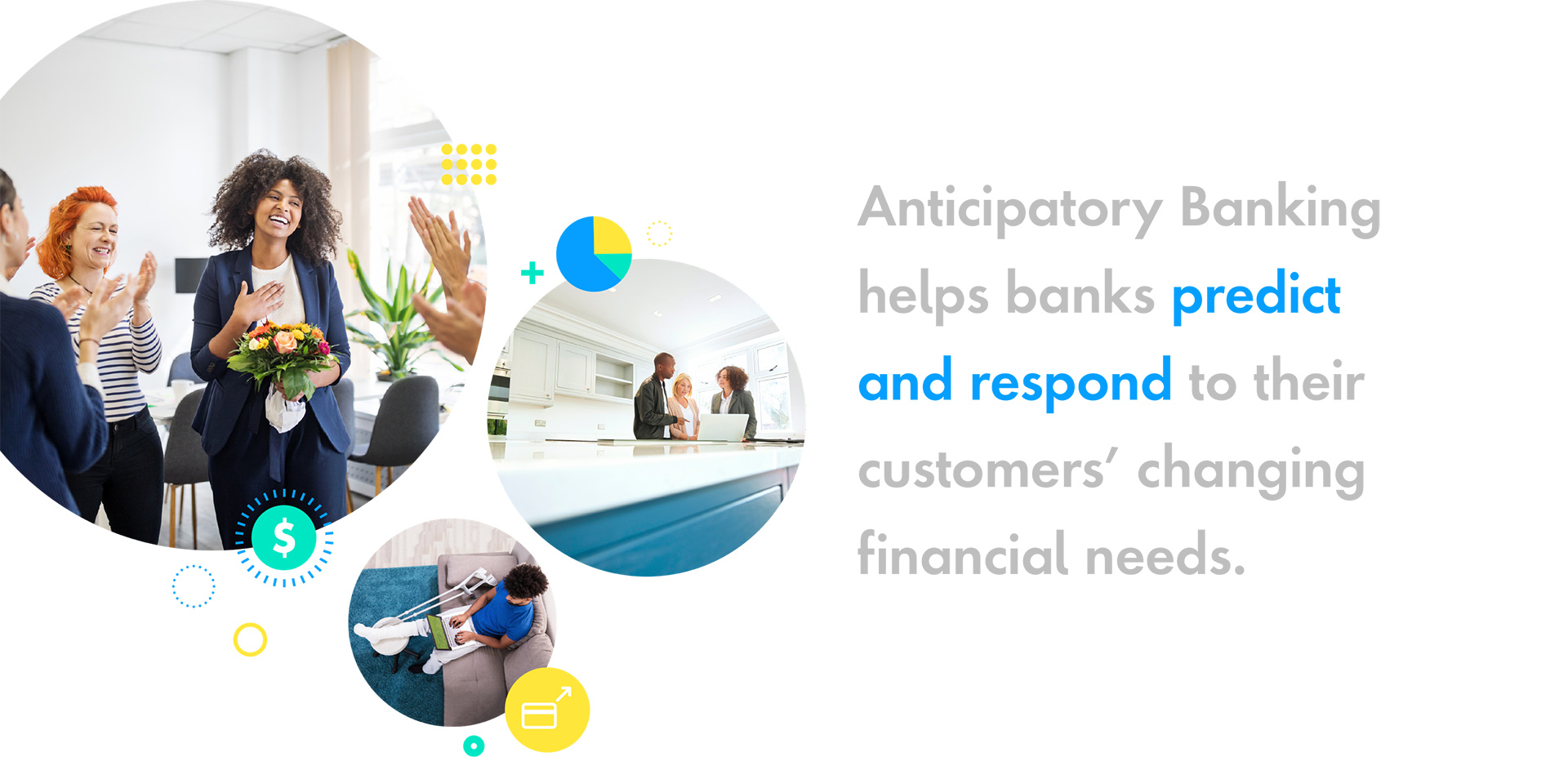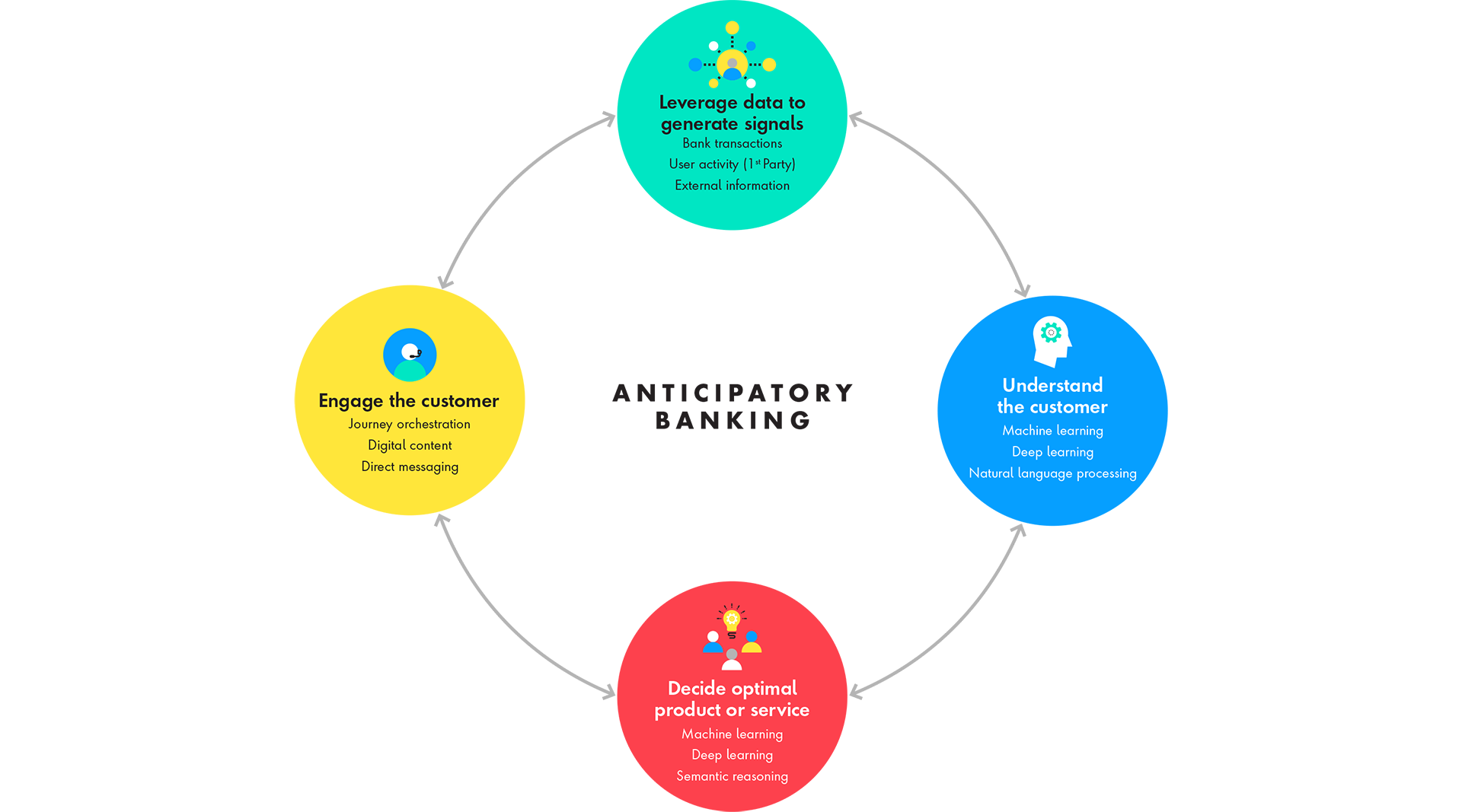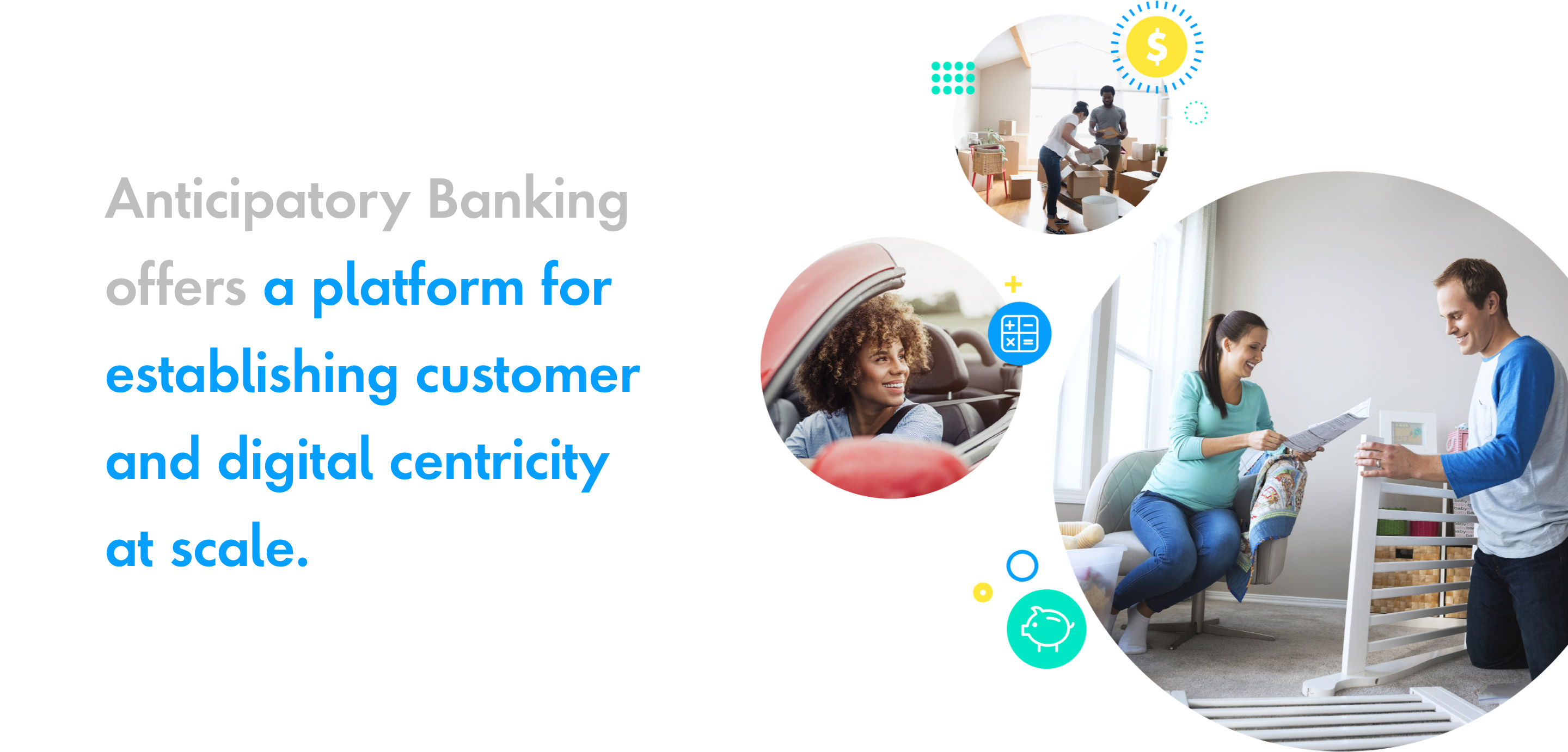In October 2018, Gartner made a bold prediction. The company claimed that by 2030, 80 percent of financial firms either will go out of business or be rendered irrelevant by new competition, customer behavior and advances in technology.1 This statement makes one thing clear: banks must move quickly to become more relevant to their customers.
Over the past decade, new types of players, such as non-bank financial institutions and fintechs, have disrupted the financial services landscape. The key reason for their success is their ability to anticipate customer needs and deliver the right products and services that traditional providers are too slow to create.
Customer expectations have changed radically in the last five years, thanks to companies like Amazon, Google, Apple and other technology innovators. Their ability to deliver highly personalized offerings has fueled customers’ desires for the kind of high-touch service that many banks lost in the process of “going digital.”
Technology advances have given firms the ability to operationalize ideas that were out of reach only a few years ago. It is through technologies, such as AI and machine learning, that new market entrants have found success. Yet, many banks have been slower to deploy AI at scale, putting them at a distinct disadvantage.
With these three factors at play, the balance of power has shifted from banks to consumers, who now have more choices than ever when it comes to banking. And while the plethora of new options may be good for consumers, it is making growth for retail and commercial banks exceedingly difficult.










